
Stair-Step Cracking
This type of cracking is a typical foundation issue crack. It shows that foundation settlement is happening and is very common in brick and concrete block walls. As the home settles more, this foundation crack would get worse eventually causing the wall to rotate outward.
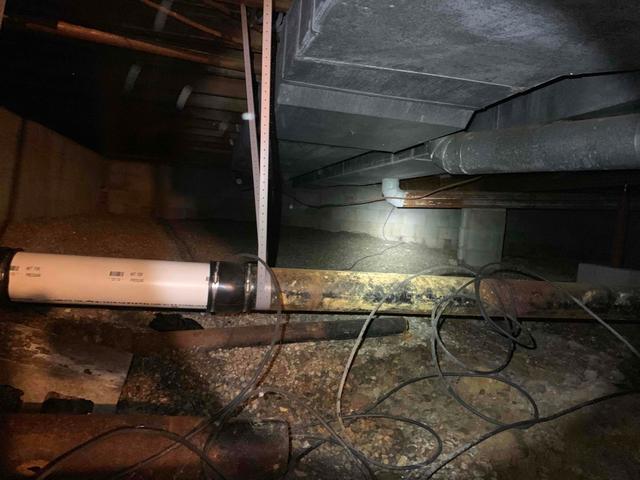
Mold and Humidity
When warm and humid air enters your crawl space, it will always go straight to cold surfaces. In the summer, this would be your ducts in your crawl space. Ducts that are wet from condensation cost more to heat and cool, which will add up. Also, this is the perfect spot for mold to grow.
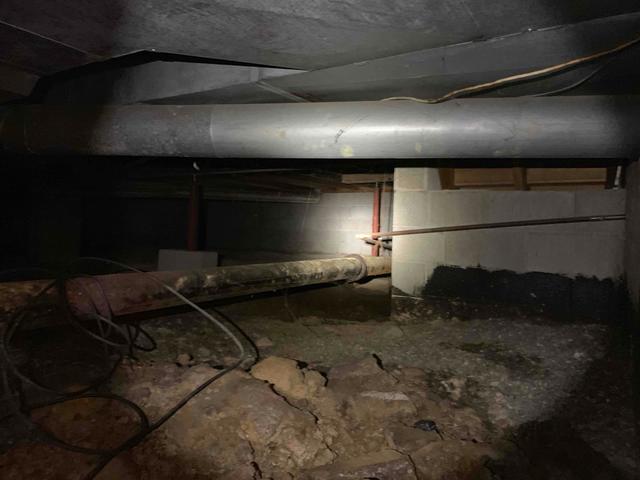
Exposed Earth
The exposed Earth in this crawl space is adding a continuous stream of water vapor into this home. Groundwater seeps, leaks and can even rush into many crawl spaces entering under the footing and causes water to slowly evaporate upward into the house. Having dirt crawl spaces will also cost more to heat and cool, causing you to spend unnecessary money.
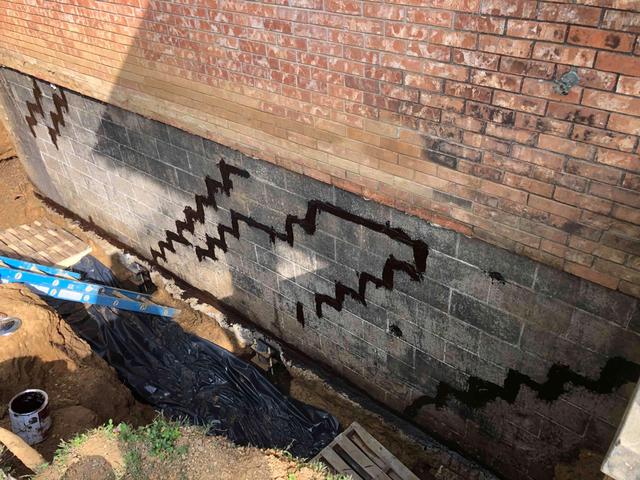
Sealing Cracks
After the crew was able to dig to the main portion of the foundation issue, they began to seal everything off before proceeding further. This would be a barrier from water intruding in to the crawl space and creating moisture.
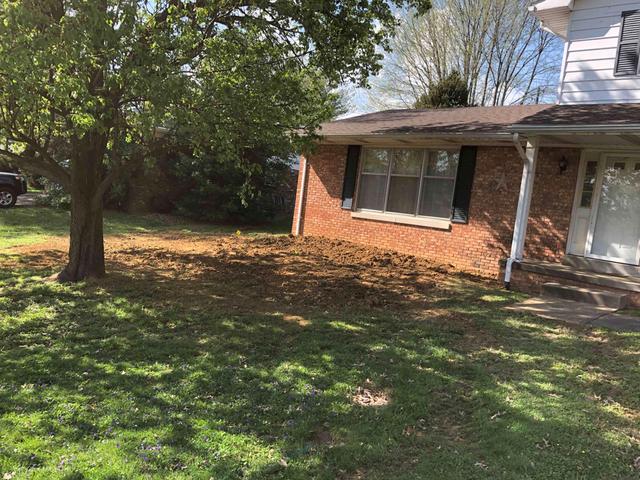
Foundation Issues Can't Be Seen
Now that all the foundation work has been completed, the dirt is moved back over like nothing ever happened. This home now has a stable foundation and the homeowners won't be worrying anymore.
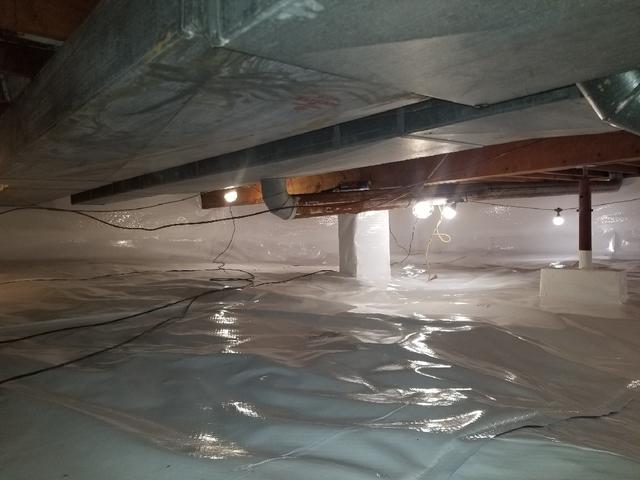
A New Clean Space
This space now has no more humidity than the upstairs has. The liner we installed is also used to fight and prevent mold and bacteria growth. This space can now be used for many purposes, including storage.
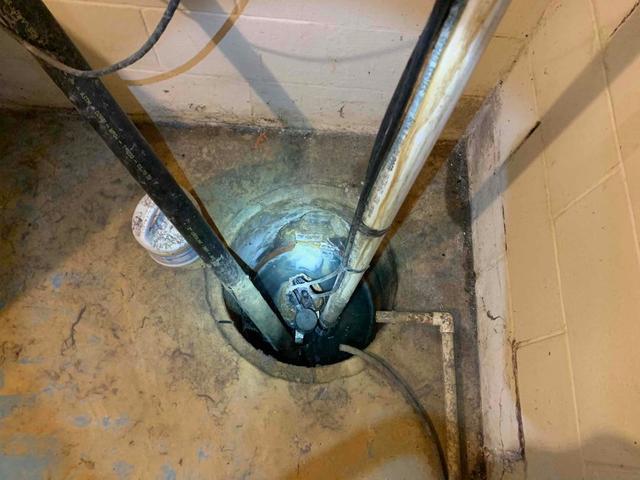
Open Sump Hole
Having an open sump pump hole causes there to be sitting water in it year-round, which is defeating the purpose. The water that is sitting evaporates in the air and you will need a dehumidifier to take that away.
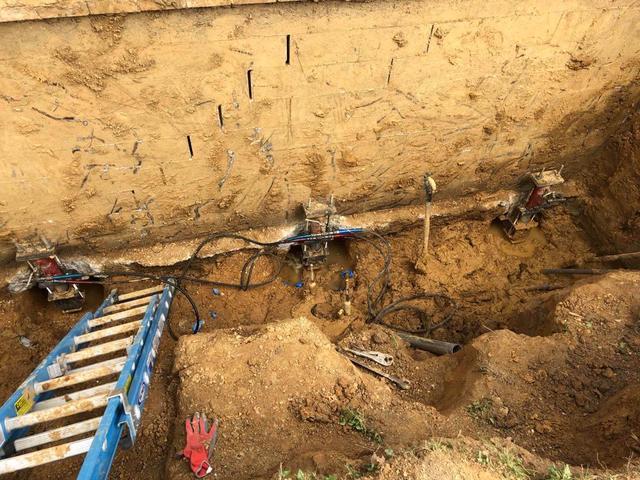
Foundation Solution
Push piers are made of steel and are driven deep into the soil beneath a foundation to solve settlement problems. They not only stop settlement, but lift the foundation back to its original position, closing cracks and improving window and door operation.
